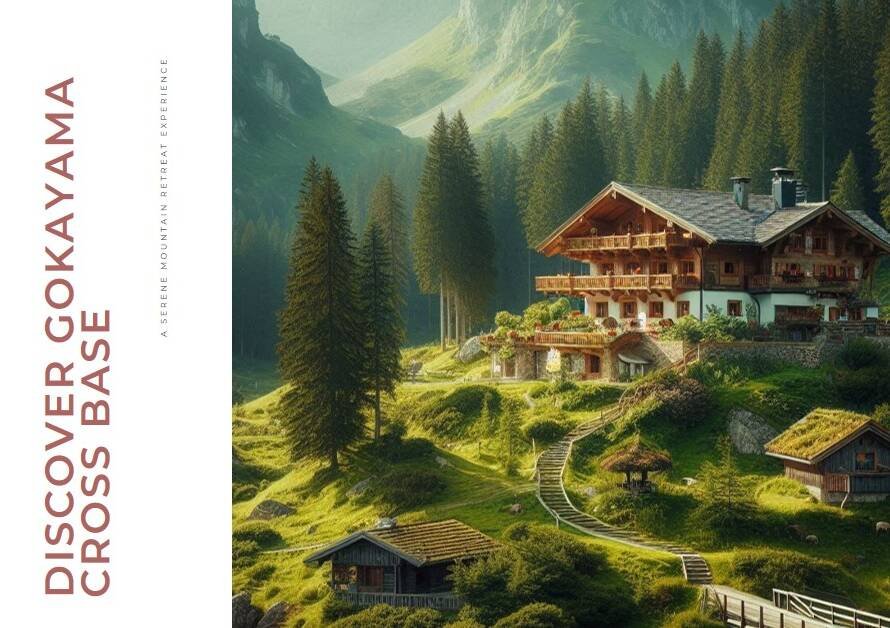
Table of Contents
Introduction to Landscape Architecture
Landscape Architecture, In a world brimming with bustling cities and concrete jungles, the importance of outdoor spaces cannot be overstated. These sanctuaries of nature offer solace and serenity, providing a respite from the chaos of urban living. Enter the realm of landscape architecture, where skilled artisans weave together elements of nature and design to craft breathtaking outdoor retreats. From verdant parks to tranquil gardens, landscape architects possess the unique ability to shape environments that not only captivate the senses but also nourish the soul.
The Role of Landscape Architecture in Modern Society:
Landscape architecture stands at the intersection of art, science, and environmental stewardship. It is a discipline dedicated to enhancing the quality of outdoor spaces while promoting sustainability and resilience. In an era marked by rapid urbanization and ecological challenges, landscape architects play a pivotal role in creating harmonious landscapes that balance human needs with the preservation of natural resources. Through careful planning and innovative design, they breathe new life into neglected spaces, transforming them into vibrant hubs of community activity and ecological vitality.
Understanding the Elements of Landscape Design:
At the heart of landscape architecture lies the meticulous arrangement of elements that define outdoor spaces. From the graceful curves of pathways to the rhythmic play of light and shadow, every aspect of design is carefully orchestrated to evoke a specific mood and aesthetic. Texture, color, and scale are wielded like paint on a canvas, creating dynamic compositions that unfold over time. Whether it’s the soothing sound of a babbling brook or the vibrant hues of seasonal blooms, each element serves to engage the senses and forge a deeper connection with nature.
The Art of Site Analysis:
Before pen ever touches paper, landscape architects embark on a journey of discovery known as site analysis. This crucial phase involves a comprehensive assessment of the land, taking into account its topography, ecology, and cultural context. By understanding the inherent qualities and constraints of the site, designers can craft solutions that are both sensitive to the environment and responsive to the needs of the community. Through mapping, observation, and research, they uncover hidden potentials and uncover opportunities to create landscapes that are both functional and inspirational.
Sustainable Practices in Landscape Architecture:
In an age of environmental awareness, sustainability has become a guiding principle in landscape architecture. Designers strive to minimize their ecological footprint by employing techniques such as water conservation, native plantings, and green infrastructure. By harnessing the natural processes of the landscape, they create resilient ecosystems that are capable of adapting to changing conditions. Through innovative approaches such as rain gardens and permeable paving, landscape architects are pioneering new ways to harmonize human activity with the rhythms of nature.


The Power of Collaboration:
Landscape architecture is inherently collaborative, drawing upon the expertise of architects, engineers, ecologists, and community stakeholders. By fostering open dialogue and embracing diverse perspectives, designers can create landscapes that reflect the unique character and aspirations of the people they serve. Whether it’s revitalizing a downtown plaza or restoring a degraded wetland, successful projects are born from a spirit of partnership and shared vision. Through collaboration, landscape architects can transcend boundaries and create spaces that enrich the lives of all who inhabit them.
Case Studies: Iconic Landscapes Reimagined:
From Central Park in New York City to the Gardens by the Bay in Singapore, iconic landscapes have long captured the imagination and inspired generations of visitors. These visionary projects represent the pinnacle of landscape architecture, blending artistry with functionality on a grand scale. By studying the successes and challenges of these landmark projects, designers can glean valuable insights into the principles and practices that define the profession. From the restoration of historic landmarks to the creation of cutting-edge urban parks, each case study offers a glimpse into the transformative power of landscape architecture.
The Future of Landscape Architecture:
As we stand on the threshold of a new era, the future of landscape architecture is filled with promise and possibility. Emerging technologies such as virtual reality and drones are revolutionizing the way designers visualize and analyze landscapes, opening up new avenues for creativity and innovation. At the same time, pressing challenges such as climate change and urbanization are calling for bold solutions that embrace resilience and sustainability. By embracing these opportunities and rising to meet these challenges, landscape architects can continue to shape the world around us for generations to come.
Conclusion:
In a world that is increasingly disconnected from the natural world, landscape architecture serves as a beacon of hope and renewal. Through the skillful integration of art and science, designers have the power to transform ordinary spaces into extraordinary places that inspire, delight, and endure. As stewards of the land, it is our responsibility to ensure that future generations inherit landscapes that are not only beautiful but also sustainable and resilient. By embracing the principles of landscape architecture, we can forge a brighter future where nature and humanity coexist in harmony.



